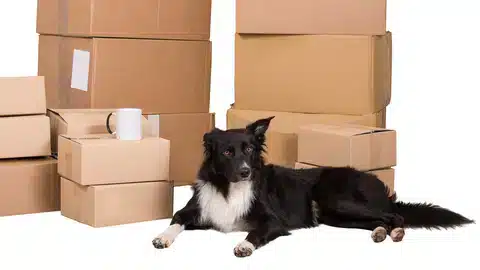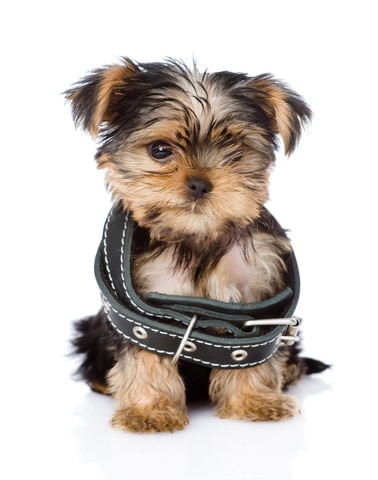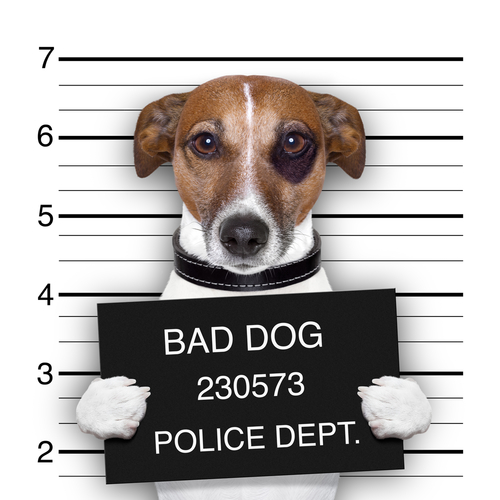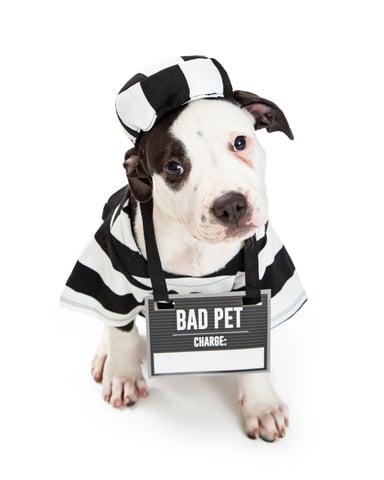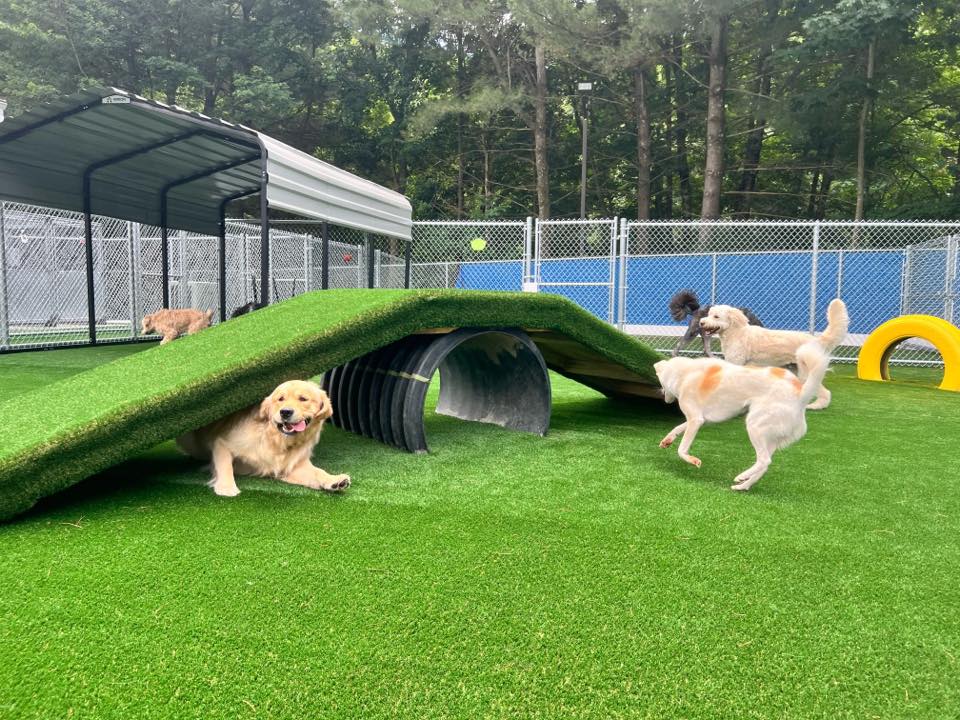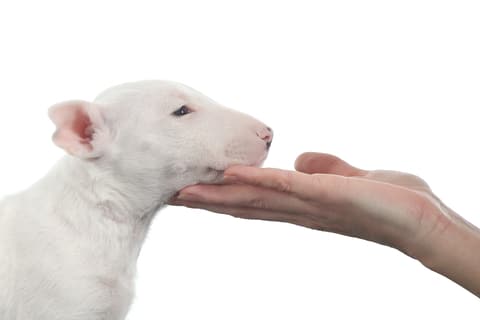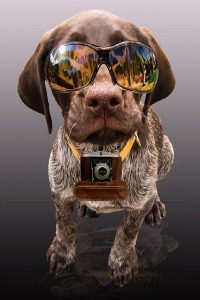Teach your puppy to keep an eye on you
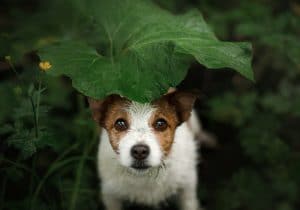
My Basset Fauve de Bretagne puppy, Brio, is 15 weeks old, which means he’s nearing the end of the important developmental period from 12 to 16 weeks of age. This is the time when introduction to new places, people and things (“socialization”) inoculates the adult dog from being fearful of new things (“neophobia”).
COVID-19 notwithstanding, I’ve been doing my best to bring Brio to different places, to have him meet new people and of course we’re attending training classes (Puppy Essentials and Scent classes). Sixteen weeks is the age that is generally thought of as the start of adolescence. Adolescence in dogs is not unlike adolescence in humans — marked by occasional selective deafness, obnoxious or challenging behavior and testing boundaries. This means that Brio (and I) will soon be experiencing a lot of changes.
For the past several weeks, I’ve been working on teaching Brio to keep an eye on me when we’re out hiking together. Prior to four months of age, puppies generally stick close to the familiar — a familiar person or location. They stay close to home, and when they’re out in a new place, they’ll stick close to the familiar person. This changes sometime between four and eight months of age, when puppies enter what is called the “Flight Instinct Period,” when puppies begin to test their wings, venturing off to explore the world on their own.
Prior to the Flight Instinct Period — sometime before 16 weeks of age — puppies can learn that it is their responsibility to keep an eye on their owners — not to stray too far away from them. This is what I’ve been working on with Brio, and can be accomplished with very little effort and training. I call it playing “The Hiding Game,” which teaches the pup to stay close when off leash, for instance when walking in the woods.
Here’s how the game works:
Take your puppy for a walk, away from home in an unfamiliar location away from a road.
Being a puppy, he will explore, dashing off in all directions, sniffing and looking around.
At some point when he is not looking, duck behind a tree to hide, and wait, peeking out so you keep your puppy in your sight.
When he looks around and doesn’t see you, he will look for you. If he heads in the wrong direction, orient him in your direction by breaking a twig or coughing, but don’t call him.
Stay out of sight until he finds you, then tell him how clever he is.
Continue walking, and a few minutes later, repeat this for a total of three times.
Play the Hiding Game in three different unfamiliar locations. After several repetitions, you’ll find it harder and harder to duck out of sight, because your puppy is continuously checking to see where you are — which is just what you want! This is how you teach a dog to keep checking back with his owner to see where he is.
The Hiding Game works with most puppies, but there are some breeds or mixes that it is not successful with. The more independent breeds are less anxious to know where you are. If the first time you try this your puppy runs off with no concern for where you are, your puppy is one with whom this game won’t work.
Housetraining update: Brio’s ability to “hold it” noticeably changed. As I write this, I am able to sit and work at my computer for more than 15 or 20 minutes without getting up to take him outside. I know that housetraining is not over — that he will still have accidents if I’m not paying attention, but it is a great relief that I can “trust” him a little more.
